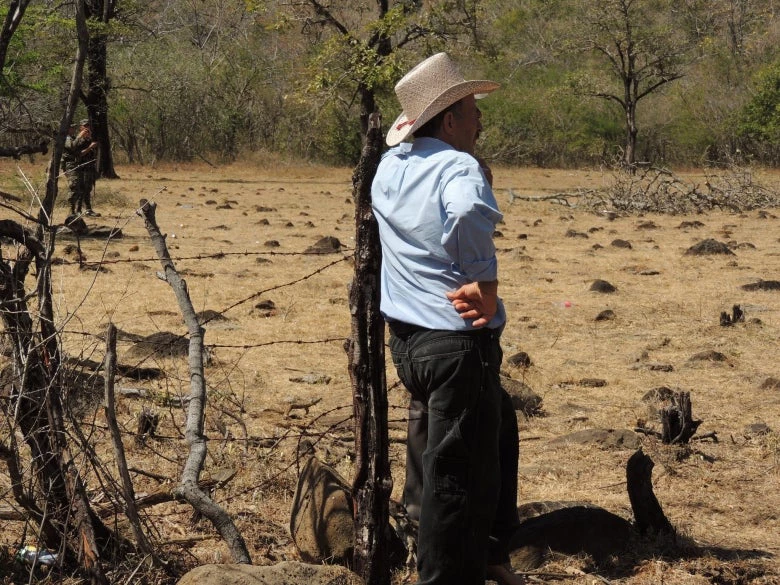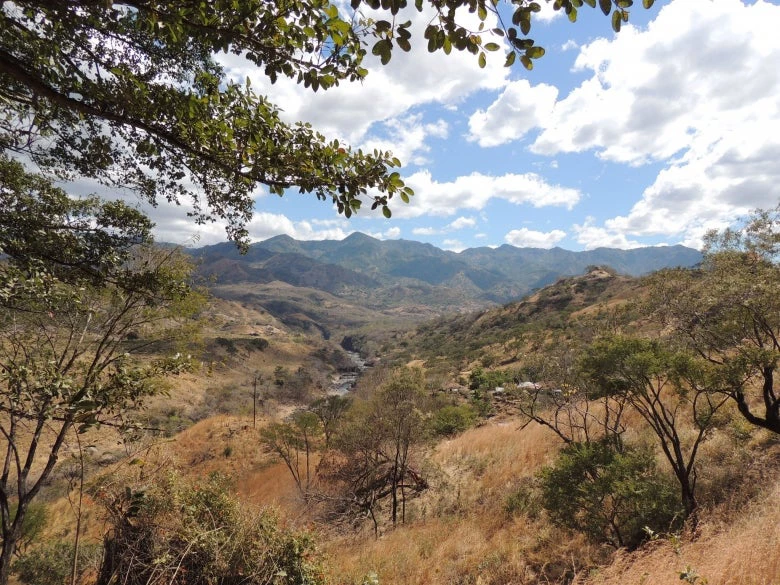
A few weeks ago, we had the opportunity to visit the "Federico Boquín" water treatment plant and dam in Tegucigalpa, one of the main sources of water supply for the Honduran capital. As we walked beside the local Mayor, "Tito" Asfura, who accompanied us during the visit, we discussed the relevance of this resource.
"Water is life," we commented at some point. In other words, water is a key element for the development of all countries, because the lack of access to this resource and the level of quality can have consequences on important aspects such as health, food security and the environment.
We see it every day in the Central American Dry Corridor, an area that stretches from southern Mexico to Panama, where, according to data collected by the World Food Program (WFP) in 2018, six out of every ten households suffer from food insecurity. Likewise, according to the Food and Agriculture Organization (FAO), 33% of the population living in this corridor in 2016 needed humanitarian assistance because of food shortages and loss of production due to lack of water.
In order to face this reality and fight against the effects of climate change, countries like Honduras have opted for long-term strategies. In particular, the Government has shown an interest in replacing emergency responses with comprehensive investments that address the existing vulnerabilities in the Dry Corridor to improve the resilience of the people who live there and depend on natural resources such as water, forests and soil.
Water is also fundamental for the agricultural sector, an engine of growth that the World Bank is supporting through initiatives such as the Rural Competitiveness Project, also implemented in Honduras.
Impact on demand and supply
Precisely because of the bearing that water has in this area – where there has been a severe drought since 2009 due to changes in rainfall patterns – it is essential to guarantee its storage and sustainability. This has consequences upon both the demand and supply of water.
Regarding demand, it is important to keep in mind that due to the growing urbanization, this demand will only increase. According to the World Bank report " Study of Urbanization in Central America: Opportunities of an Urban Central America", it is expected that in the next generation, 70% of the population will live in cities, compared to the current 59%. This leads to unprecedented challenges, among which water supply and sanitation are among the most urgent.
Another factor that affects the demand for water is the growing industrialization in some countries. According to data from the United Nations, industry and energy together represent 20% of the demand for this resource.
The availability of water also requires taking into account key features regarding supply. On the one hand, adequate infrastructure is needed -- that is, building or rehabilitating facilities. According to the 2014 World Bank report " Monitoring of the Country's Progress in Drinking Water and Sanitation" (MAPAS), Central American countries must invest at least 0.41% of their annual GDP in order to meet the commitments made within the Sustainable Development Goals (SDGs) in this area. As part of this goal, the World Bank has contributed 40 million dollars through the Project for the Modernization of the Water and Sanitation Sector (PROMOSAS) in Honduras to improve access to waters supply in nine cities of the country.
However, infrastructure alone will not be enough. The other key aspect is the construction of institutional capacity to ensure that investments in the sector are made with the greatest efficiency.
In order to meet the challenges regarding demand and supply, it will be necessary to take action within different sectors and levels. Central, regional and local governments will need to make water supply issues a priority, which will require decentralization. But greater participation from the private sector, along with international cooperation, will also be essential. Regional coordination will also be necessary, given that the challenges associated with water in the Dry Corridor transcend the borders of each country, since many of their watersheds are shared.
In addition to guaranteeing access and water quality, it will be important that the cost for this service is adequate, especially for the most vulnerable people. Therefore, it will be essential to evaluate the implementation of subsidies and, above all, to see if they are focused correctly.
All of this will require consensus among the different agents and organizations involved in the water sector. Only then can we move forward with the progress made in recent years, with examples such as El Salvador, where drinking water coverage went from 70% in 1990 to 93% today; or the cases of Honduras and Panama, where access to drinking water reached 92% and 95% respectively -- an increase compared to 74% and 84% registered in 1990, according to data from the United Nations Joint Monitoring Program for Water Supply and Sanitation.
Maintaining this progress and addressing the challenges that are still ahead remind us that now is the time to continue working on improving water security in Central America.




Join the Conversation